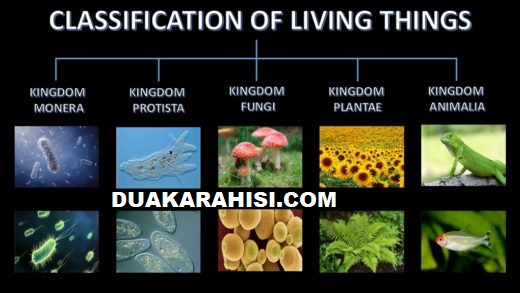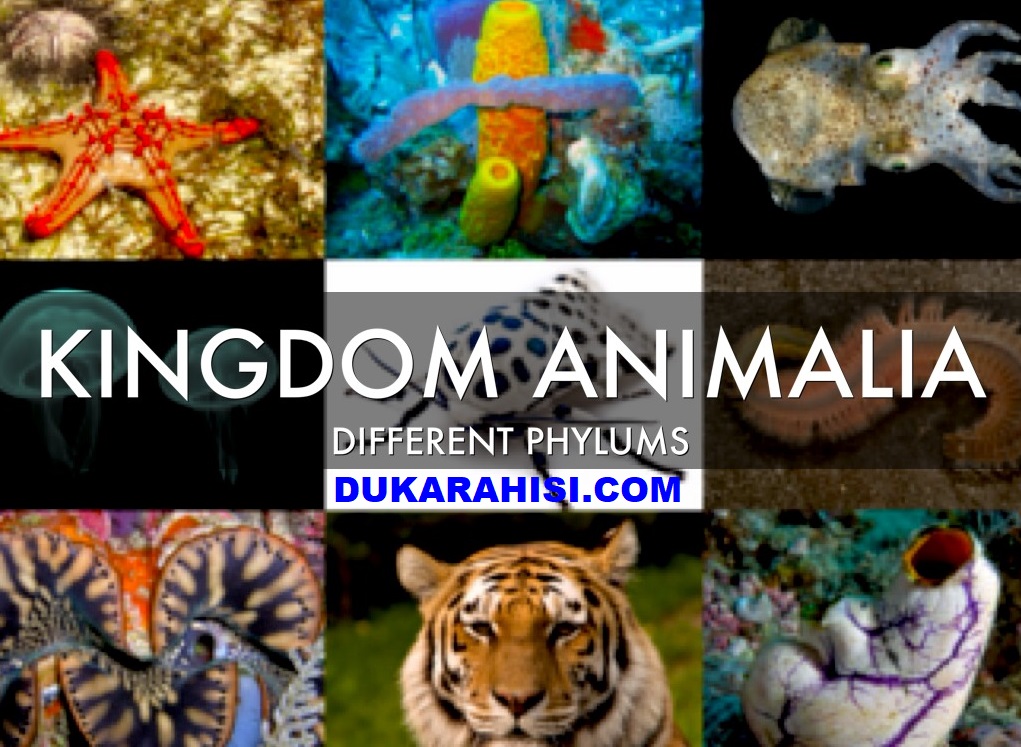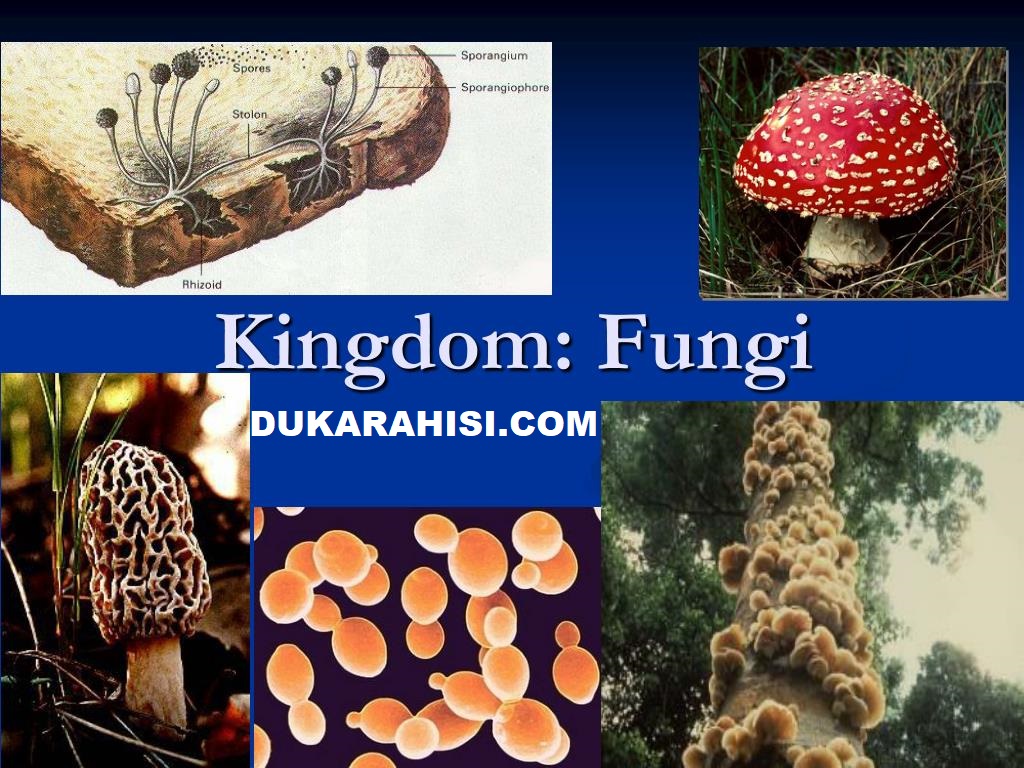BIOLOGY PRACTICAL O’ LEVEL CLASSIFICATION II
BIOLOGY PRACTICAL O’LEVEL CLASSIFICATION | BIOLOGY PRACTICAL | CLASSIFICATION PRACTICAL | FOOD TEST PRACTICAL | KINGDOM PLANTAE
BIOLOGY PRACTICAL O’ LEVEL CLASSIFICATION
CLASSIFICATION
-Classification: is the grouping of organisms based on their similarities and differences.
RANKS OF CLASSIFICATION
-There are seven (7) ranks of classification which are:
1. Kingdom……..the highest rank
2. Phylum or division
3. Class
4. Order
5. Family
6. Genus
7. Species……….the lowest rank.
TYPES OF CLASSIFICATION
-There are two types of classification which are:
1. Natural classification: is the grouping of organisms based on many features in common.
2. Artificial classification: is the grouping of organisms based on few features especial observed features.
*TAXONOMY: is the study which deals with the identification, naming and classification of organisms.
*NOMENCLATURE: is the system of giving scientific names to the organisms.
*BINOMIAL NOMENCLATURE: is scientific way of naming organisms where by each organism has one scientific name with two parts, the generic name and the specific name.
In biology, organisms are classified into five major groups called kingdoms.
These groups are:
1. Kingdom monera.eg bacteria
2. Kingdom protoctista.eg amoeba
3. Kingdom fungi.eg mushroom
4. Kingdom plantae.eg maize
5. Kingdom animalia.eg human being
–According to NECTA, different questions of biology practical in classification are based on the last three kingdom: Kingdom fungi, Kingdom plantae, and Kingdom animalia.
KINGDOM PLANTAE
– Representative organisms in this kingdom are: mosses, fern plant, flowering plants etc.
General characteristics of kingdom plantae
– They are multicellular
– They store food as starch
– They are eukaryotes
– They lack centrioles
– Their cell walls made up of cellulose
– They have chloroplasts
Distinctive features of kingdom plantae
– They have apical growth
– They store carbohydrates inform of starch
– Their cell walls are made up of cellulose
– They have large and permanent vacuole in their cells.
Divisions of kingdom plantae
1. Division Bryophyta. eg liverworts, mosses
2. Division Filicinophyta.eg ferns
3. Division Angiospermatophyta.eg flowering plants
4. Division Coniferophyta.eg conifers
1. DIVISION BRYOPHYTA.eg moss plant
General characteristics of bryophyta (mosses)
– They lack vascular tissues( xylem and phloem).
– They are small in size
– They found in moist areas
– They reproduce both sexually and asexually
– They have false roots, stem, and leaves
– Rhizoids are multicellular
Economic importance of bryophyta (moss plant)
– Help to decompose dead logs.
– Help to prevent soil erosion.
– Provide shelter for insect and small organisms.
– Moss is burned as fuel in some areas.
– Moss occurs as weeds in gardens and other places.
– Moss causing the area to become marshy.
Observable features of moss plant
– Have rhizoids
– Have false roots, stem, and leaves
– Have stalk (seta)
Habitat of moss plant
– Moss plant occurs naturally in damp, shaded and moist areas.
Mode of nutrition of moss plant
– They are autotrophs eukaryotes due to presence of photosynthetic pigment like chlorophyll’s
Mode of reproduction of moss plant
– They reproduce both sexually and asexually by means of generation alternations. In this the haploid gametophytes generation produces antheridium and archegonium for sexual reproduction and the sporophyte depends up on formation of the zygote.
* Common name is Moss plant.
* Scientific name of moss is Funaria hygrometrica.
Adaptation of moss plant
– They are autotrophs eukaryotes. This enable them to synthesize their own food substances.
– They are relatively small in size. This signifies them to germinate even in restricted place.
– They posses rhizoids which gives the plant anchorage and absorb water from the soil.
– They posses rigid capsule which stores spores.
– The male gamete is mobile and it can move toward the female gamete for fertilization purposes.
* Classification of moss plant to class level
– Kingdom; plantae
– Division; bryophyta
– Class; musci
STRUCTURE OF MOSS PLANT
2. DIVISION FILICINOPHYTA( PTERIDOPHYTA).eg fern plant
General characteristics of filicinophyta (fern plant)
– They have true roots, stem, and leaves.
– They lives in moist place.
– They produce spores on the underside of leaves.
– They have vascular tissues( xylem and phloem).
– Mature leaves have sori on the lower surface.
Economic importance of filicinophyta (fern plant)
– They are used as ornaments in homes and offices.
– They are used as a food for animal and human
– They are used as a biological fertilizer
– They can be found as weeds in many places.
Observable features of fern plant
– Have leaves.
– Have roots
– Have stem called stalk
Habitat of fern plant
– Fern plants leaves in moist habitats
Mode of nutrition of fern plant
– They are common autotrophs eukaryotes implying that they can synthesize their own food.
Mode of reproduction of fern plant
– They show alternation of generation sporophyte being dominant to gametophyte which is short lived.
* Common name is fern plant.
* Scientific name of fern plant is Dryopteris filixmass.
Adaptations of fern plant
– Roots serve as penetrating organs for vegetation preparation.
– They need both dry and wet conditions through their life cycles.
– The reproductive organs (sori) are well protected by the indusium.
– They posses vascular tissues for conduction.
– They have chlorophyll for photosynthesis.
Classification of fern plants to their class level
– Kingdom; plantae
– Division; filicinophyta
– Class; filicinae
YOU MUST ALSO READ
BIOLOGY PRACTICAL O’LEVEL FOOD TESTS
BIOLOGY PRACTICAL O’LEVEL CLASSIFICATION I KINGDOM FUNGI
BIOLOGY PRACTICAL O’ LEVEL CLASSIFICATION II
BIOLOGY PRACTICAL O’ LEVEL CLASSIFICATION III KINGDOM ANIMALIA
THE STRUCTURE OF FERN PLANT
3. DIVISION ANGIOSPERMATOPHYTA.eg maize plant, bean plant
General characteristics of angiospermatophyta (flowering plant)
– The reproductive structure is the flower.
– They vary in size and habitats.
– They have well developed vascular tissue.
– They undergo double fertilization.
– After the fertilization the ovary develops into a fruit and ovules into seeds.
Classes of angiospermatophyta
a. Class monocotyledonae.eg maize
b. Class dicotyledonae.eg bean
A. Class monocotyledonae.WG maize plant
General characteristics of monocotyledonae (maize).
– Their seed have single or one cotyledon(seed leaf).
– Their leaves are long with parallel veins.
– The roots are fibrous lacking tape roof.
– The vascular tissue are scattered and random in the stem lacking cambium.
– The floral parts are arranged into 3 to 4 or multiple of 3 and 4.
Economic importance of monocotyledonae ( maize).
– Used as a food for human and other animals.
– They serve habitat for many organisms.
– The produce oxygen and taking cabon dioxide and that serve as a balance for the ecosystem.
– They are the producers.
– They prevent soil erosion and conserving the environment.
Observable feature of maize plant
– Have long leaves with parallel veins.
– They have fibrous roots
– Their floral parts are arranged into 3 to 4 or multiple of 3 to 4.
Habitat of maize plant
– It is an annual plant which grows well in savannah and tropical regions.
Mode of nutrition of maize plant
– It is autotrophic eukaryotes with abundant chlorophyll pigments.
Mode of reproduction of maize plant
– They shows generation alternation in which the sporophyte dominate the gametophyte generation .
Adaptation of monocotyledonae ( maize plant).
– They have extensive roots system for anchorage and absorption.
– Have advanced and elaborated vascular system for translocation.
– Presence of stomata pores for the elimination of excretory wastes.
– They have ability to reproduce sexually without the need for water.
– Presence of cuticle to resist excessive water loss.
* Common name is maize plant.
* Scientific name of maize is Zea mays.
Classification of maize plant to class level
– Kingdom; plantae
– Division; angiospermatophyta
– Class; monocotyledon
STRUCTURE OF MAIZE PLANT
STRUCTURE OF MAIZE SEED
B. Class dicotyledonae.eg bean plant
General characteristics of dicotyledonae (bean plant)
– Their seed have double or two cotyledons(seed leaves).
– They have network of veins in their leaves
– They have vascular tissue arranged in a ringform around the cambium.
– They have tap root system.
– They have cambium for secondary growth.
– Their floral parts are arranged in 4 or 5 or multiple of 4 or 5.
Economic importance of dicotyledonae (bean plant)
– Used as a food for human and other animals.
– They serve habitat for many organisms.
– They are the producers
-They prevent soil erosion and conserving the environment.
– They produce oxygen and taking cabon dioxide and that serve as a balance for the ecosystem.
Observable features of bean plant
– Have network of veins in their leaves.
– They have tap roots system.
– Their floral parts are arranged in 4 or 5 or multiple of 4 or 5.
Habitat of bean plant
– The bean plant is an annual plant which grows in savannah and tropical regions.
Mode of nutrition of bean plant
– The plant is green autotrophs due to its ability of synthesizing food.
Mode of reproduction of bean plant
– They shows generation alternation in which the sporophyte dominate the gametophyte generation .
Adaptations of bean plant
– They have extensive roots system for anchorage and absorption.
– Have advanced and elaborated vascular system for translocation.
– Presence of stomata pores for the elimination of excretory wastes.
– They have ability to reproduce sexually without the need for water.
– Presence of the cuticle to resist excessive water loss.
* Common name is bean plant.
* Scientific name of bean plant is Phaseolus vulgaris.
Classification of bean plant to its class level
– Kingdom; plantae
– Division; angiospermatophyta
– Class; dicotyledonae
STRUCTURE OF BEAN SEED
STRUCTURE OF BEAN PLANT.
THE HALF STRUCTURE OF HIBISCUS FLOWER
The structure of flower that shows male’s parts.
The structure of flower that shows female’s parts
Economic importance of flower(hibiscus):
– Used as medicine
– It consist the reproductive parts of plant.
– Used as decoration.
– Assist pollination to take place by atraction of an insects na birds.
– Used as sign of love to the people.
Classification of hibiscus flower:
– Kingdom; plantae
– Division; angiospermatophyta
YOU MUST ALSO READ
BIOLOGY PRACTICAL O’LEVEL FOOD TESTS
BIOLOGY PRACTICAL O’LEVEL CLASSIFICATION I KINGDOM FUNGI
BIOLOGY PRACTICAL O’ LEVEL CLASSIFICATION II
BIOLOGY PRACTICAL O’ LEVEL CLASSIFICATION III KINGDOM ANIMALIA
































































As a Newbie, I am permanently browsing online for articles that can aid me. Thank you
Great site. Plenty of helpful information here. I’m sending it to some buddies ans also sharing in delicious. And naturally, thanks for your sweat!
I’d perpetually want to be update on new posts on this internet site, saved to my bookmarks! .